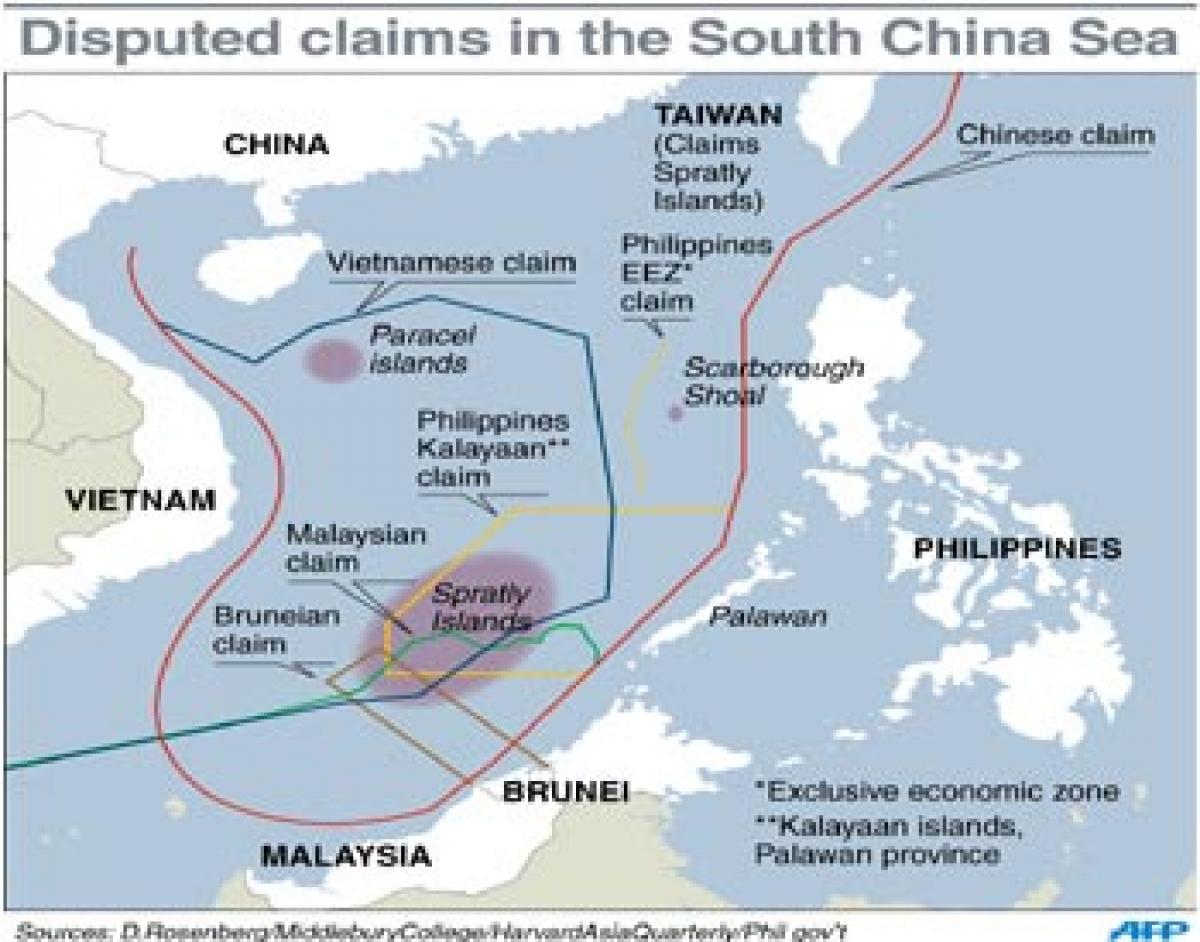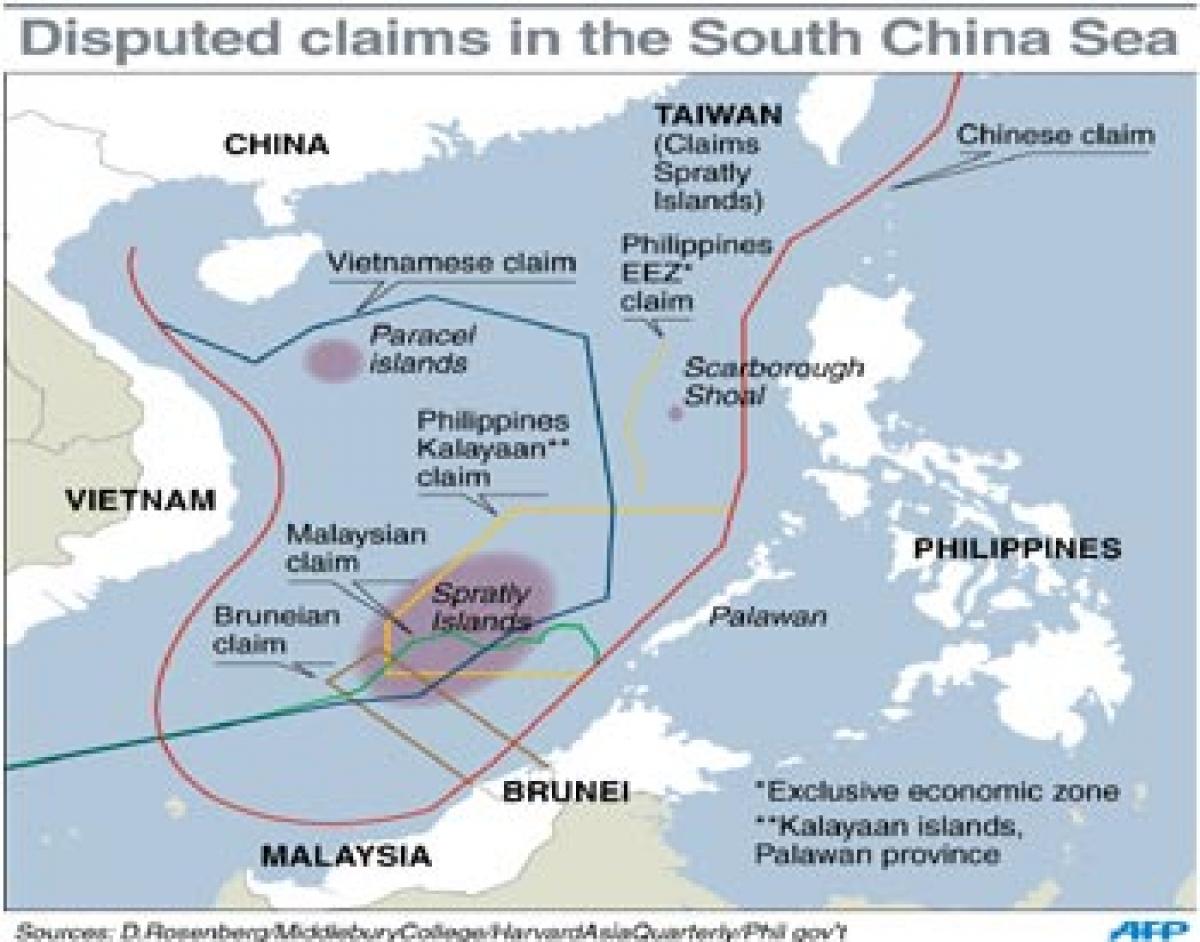Live
- People voted for ideology, rejected dynasty: Sudhanshu Trivedi on Maha victory
- AP, Telangana to receive rains for next three days as low pressure to turn depression
- Kailash Gahlot inducted into BJP’s Delhi election panel
- With state elections over, Indian stock market heads for stability
- Mahayuti's Ladki Bahin Brahmastra demolishes MVA in Maharashtra
- Actor and Youth Ambassador Darasing Khurana Highlights Mental Health Issues with Singapore PM
- Heavy FII selling in India to taper off soon, say market watchers
- Esports Mania Grips India: What are the Trends Fueling this Growth?
- AI-Powered CRM: Shaping the Future of Customer Relationship Management
- AI and Fraud Prevention in Pharmacy: Fayazoddin Mohamad’s Vision for a Safer Industry





 A US Navy guided-missile destroyer sailed close to China's man-made islands in the disputed South China Sea on Tuesday, drawing an angry rebuke from Beijing, which said it warned and followed the American vessel.
A US Navy guided-missile destroyer sailed close to China's man-made islands in the disputed South China Sea on Tuesday, drawing an angry rebuke from Beijing, which said it warned and followed the American vessel. 



